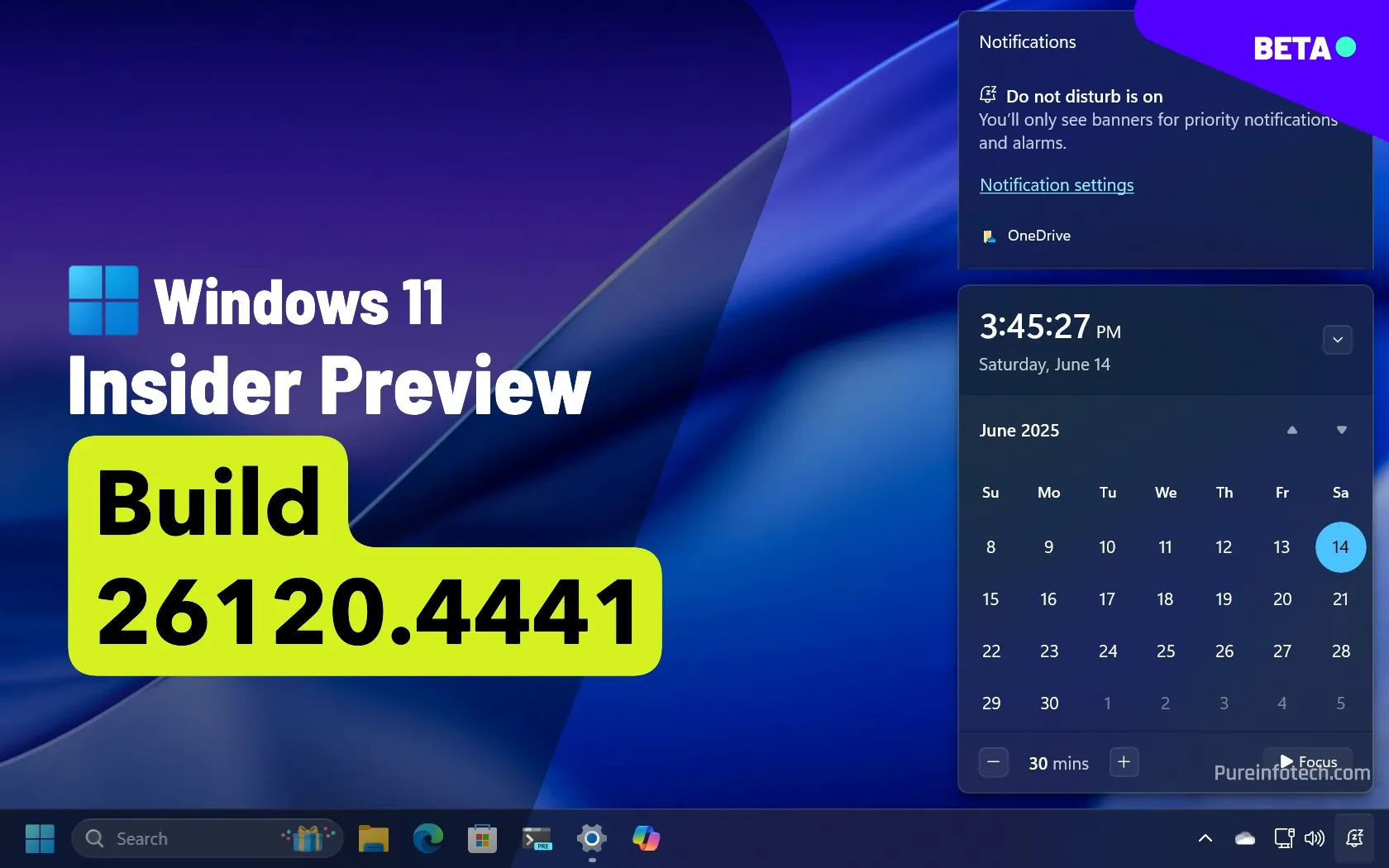What is the Dirty Screen Effect and how can you tell if your TV has it?
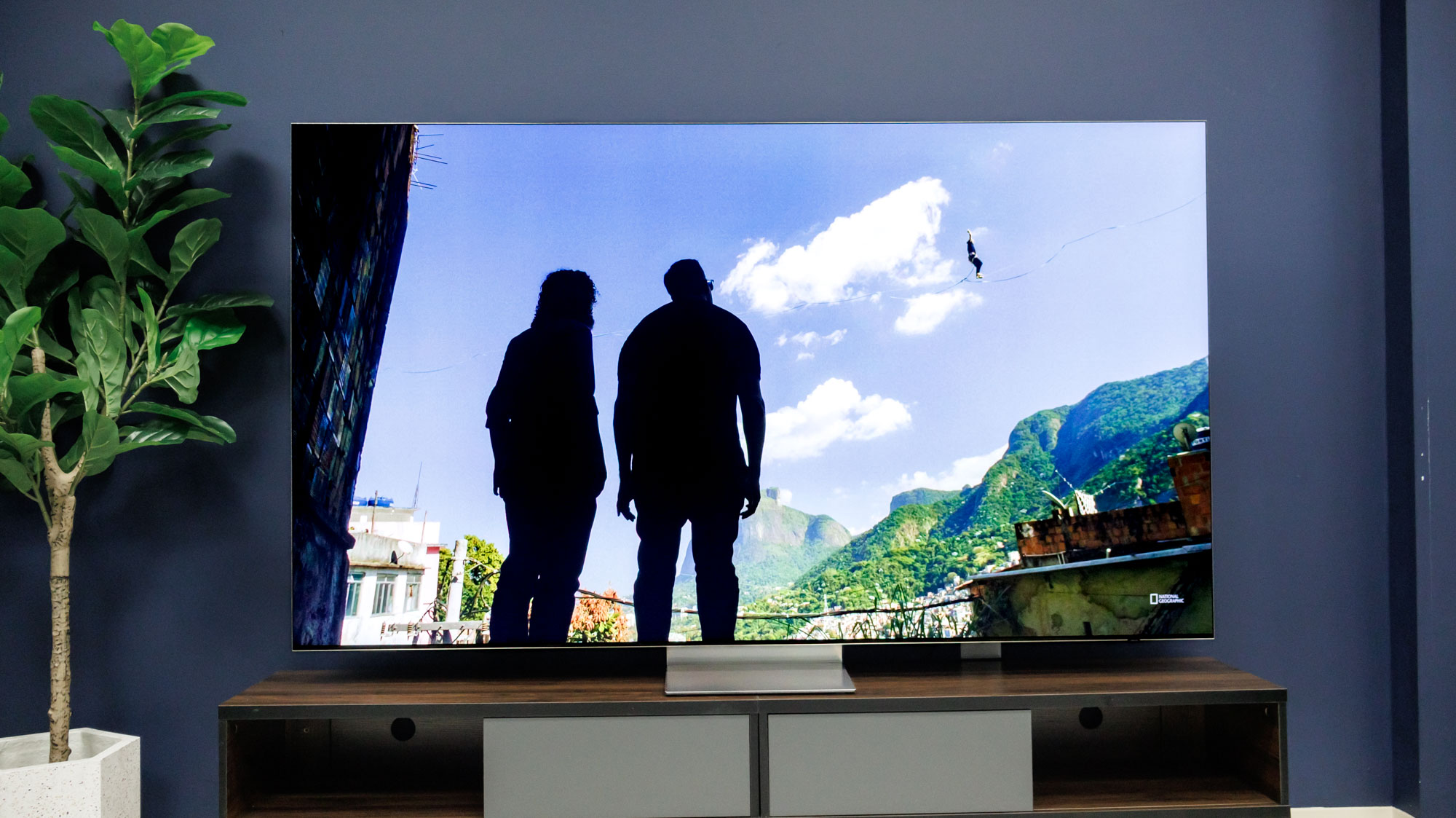
If you’ve spent enough time immersed in the world of TV — and I sure have — you might’ve heard about something called the Dirty Screen Effect, or DSE for short.
Despite the name, the Dirty Screen Effect has nothing to do with busting out the microfiber towel and cleaning your TV screen (though you should probably do that soon).
Given the amount of misunderstanding that surrounds the Dirty Screen Effect, I’ve put together a crash-course. It’s DSE 101 — and class is officially in session.
Depending on how you watch TV and what type of TV you’re shopping for, however, you might want to familiarize yourself with DSE before buying for a new set.
What is the Dirty Screen Effect (DSE) for TVs?
To put it simply, the Dirty Screen Effect describes hardware-level imperfections in an LCD/LED TV’s display that are visually apparent under certain conditions.
These visual blemishes typically manifest as blotchy shadows, darkened corners and vertical or horizontal banding. In some cases, there may be a lack of luminance alongside the edges of the picture.
In other words, stuff just looks weird.
In most cases, DSE tends to be subtle, only calling attention to itself when large swaths of the picture are light in color and free of detail. A hockey game, for instance, is difficult for DSE to disguise itself behind.
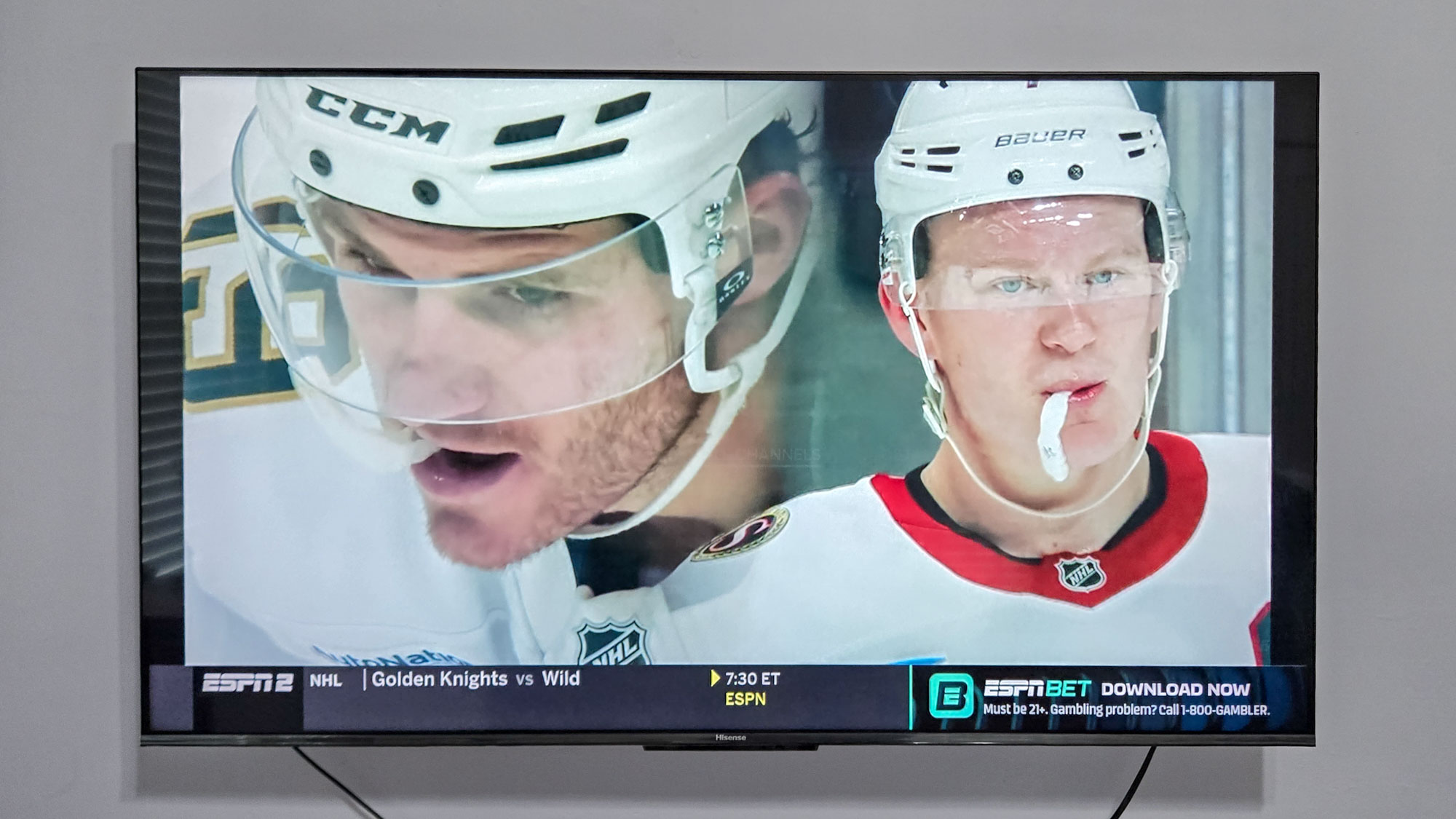
To keep things in perspective, it’s worth noting that the Dirty Screen Effect will not be noticed by the vast majority of TV-owners — even under the punishing visual conditions of a televised hockey game. In rare, extra-severe cases, though, it’ll rear its ugly head during every-day content.
If you’re not primed to spot the telltale signs, you may never see the Dirty Screen Effect.
If you’re not primed to spot the telltale signs, you may never see the Dirty Screen Effect or even think about it at all. You should count your blessings, as this is the sort of blissful ignorance I want after a decade of testing everything from the best TVs on the market to the worst.
For the keen-sighted picture purists whose eyes are liable to twitch at the smallest of imperfections, the specter of Dirty Screen Effect looms large. The more you know about it, the more you fear it.
Now that I’ve cursed you with this knowledge, let’s talk about how we can put it to good use.
How can I tell if my TV has the Dirty Screen Effect?
I’ve got good news and bad news: The good news is that getting a sense of your TV’s panel uniformity isn’t that difficult. The bad news is that you can’t do it until the TV is unboxed and set up in your home.
If you want to see how your TV fares, you don’t need a complicated array of testing equipment like what we use to test TVs at Tom’s Guide. In fact, you can test the so-called dirtiness of your screen right now.
Switch off your lights and, on your TV, pull up this Dirty Screen Effect YouTube video uploaded by Sunil Raman.
This short clip will start with a 100% black screen and gradually move up the grayscale until it displays 100% white. If you look closely as your TV showcases the mid-tones, you might notice DSE.
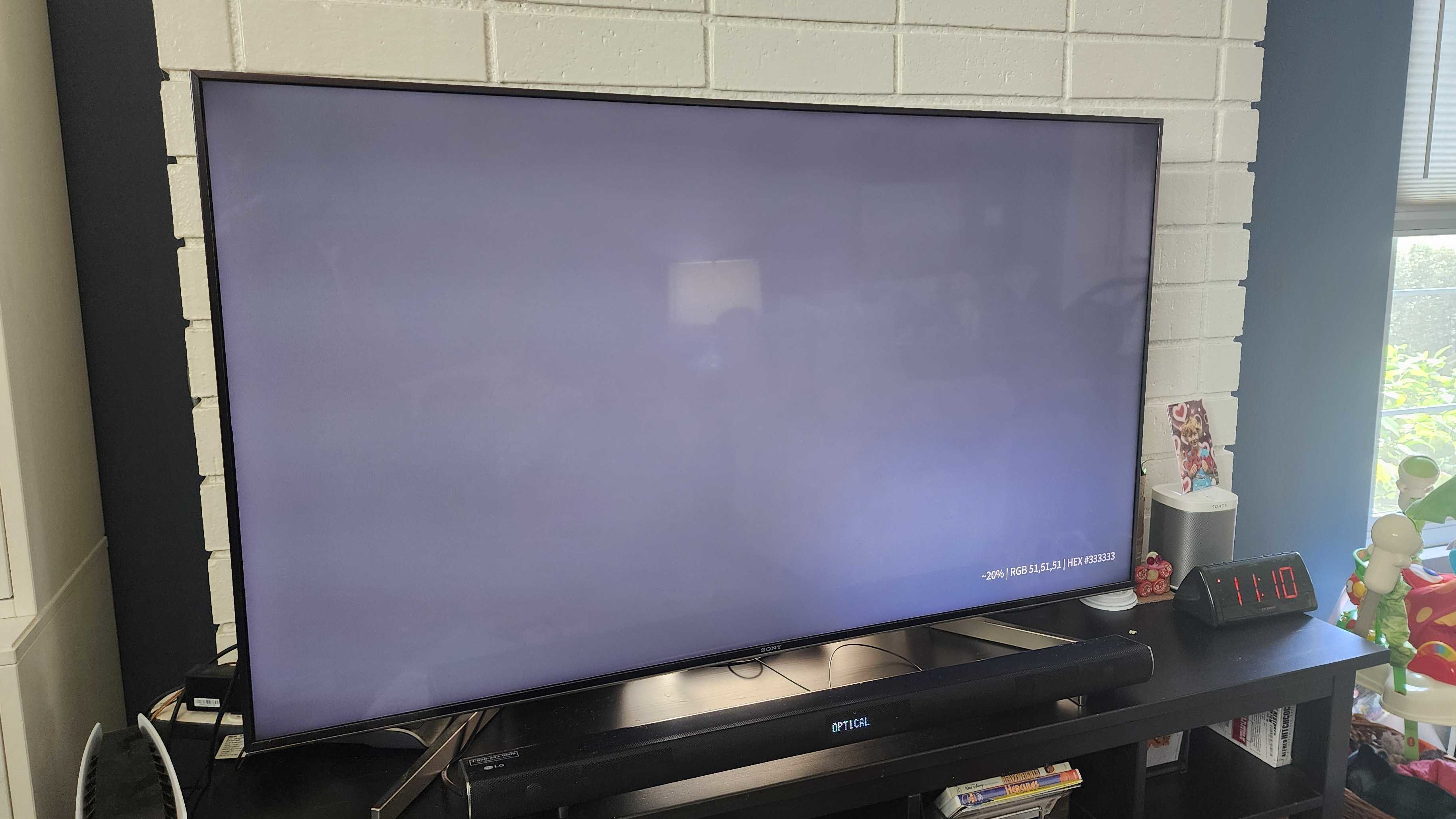
I had a few of my colleagues run this test themselves at home, and while I wouldn’t call the example above severe, you can still get a sense of how DSE manifests on LED TVs. There is obvious vignetting in the corners, while shadowy, horizontal bands cover the left side and middle section of the picture.
Before playing the video, make sure that your TV’s ambient light sensor is disabled, and that you’ve taken steps to disable Eco Mode altogether (if available).
Any high-quality video that showcases a single, light-colored image for an extended period of time is a decent candidate for demonstrating DSE. For clearest results, be sure that your TV is playing the video on the video’s highest-quality setting.
How can I avoid buying a TV with the Dirty Screen Effect?
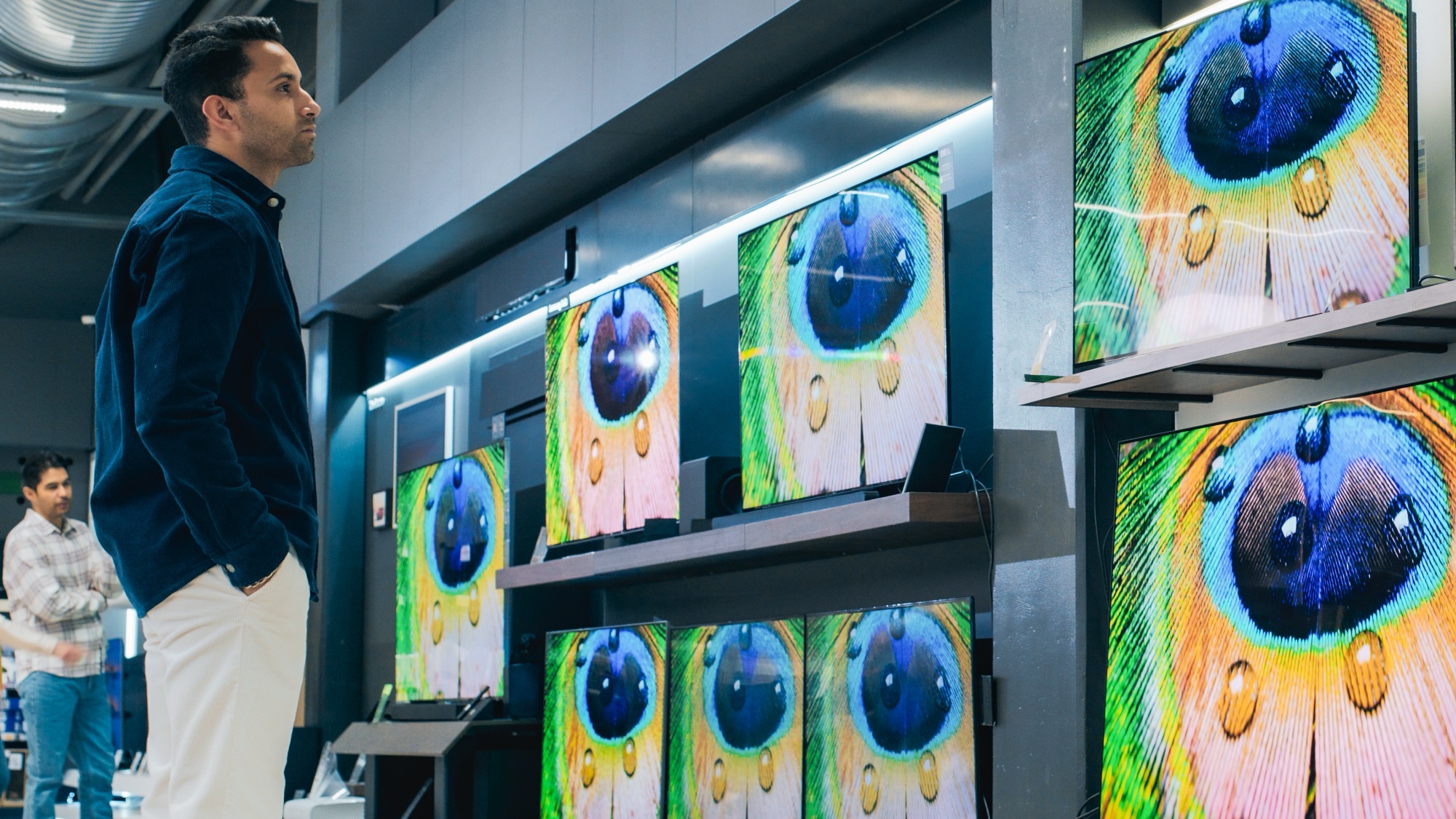
While certain assumptions can be made about panel uniformity across an individual TV series, DSE is ultimately a panel-by-panel phenomenon.
In other words, we can assume that, as a mid-range TV with an above-average price tag, the TCL QM7K Mini-LED ought to offer a certain level of quality when it comes to panel uniformity. That said, we can’t assume that the QM7K my colleague reviewed will demonstrate the same amount of DSE as any other QM7K. Key performance aspects will undoubtedly line up from one set to the next, but there’s more variance when it comes to panel uniformity.
You’re more likely to encounter DSE in more-affordable, entry-level LED TVs.
As much as bargain-hunters might not want to hear this, I must emphasize that you’re more likely to encounter DSE in more-affordable, entry-level LED TVs. (For instance, I recently dealt with a fair amount of DSE on the Samsung DU7200, one of the cheapest TVs I’ve reviewed in the last year.)
It still varies from one cheap set to another, but the likelihood of there being any amount of DSE is higher on TVs that were engineered and manufactured at a lower price point.
Nevertheless, I’ve seen my fair share of mid-range and high-end LED TVs that were saddled with some amount of DSE, so it ultimately comes down to luck.
If you’re concerned about DSE to the extent that it might cut into the enjoyment of your new TV, I recommend using the method outlined above while you’re still within the seller’s return window.
Keep in mind that an average amount of DSE won’t be noticeable during most content, like basic cable, streaming shows and movies. No TV is perfect, and if you’re not careful, you could find yourself dissatisfied with every TV you see.
Can OLED TVs have the Dirty Screen Effect?
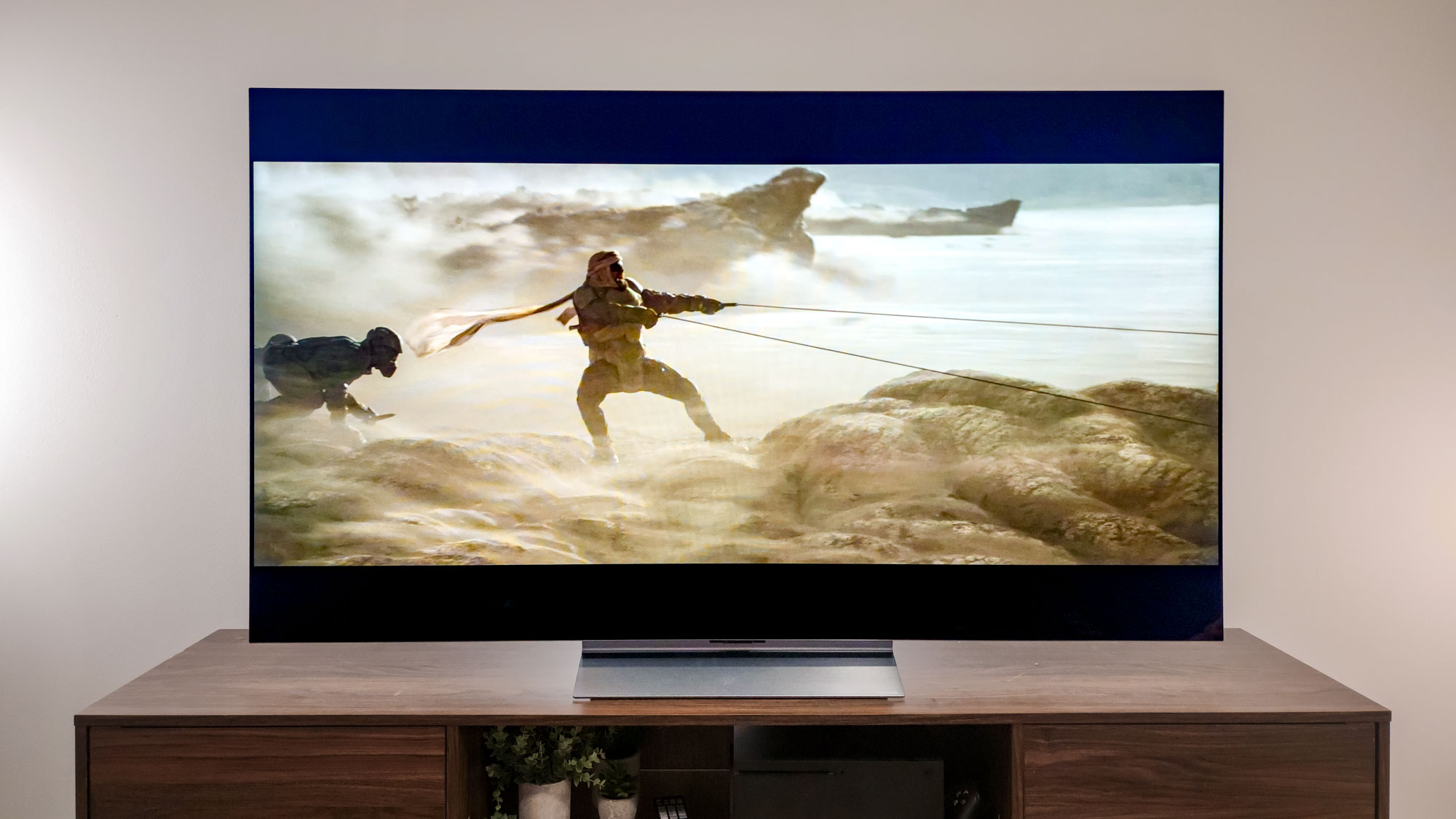
Typically, when we talk about DSE in TVs, we’re describing visual blemishes brought on by hardware issues associated with LCD/LED TVs. Many of these issues revolve around the way LED backlighting is implemented at the manufacturing level.
Because OLED TVs don’t rely on a backlight — leveraging self-lit pixels instead — what we refer to as Dirty Screen Effect doesn’t quite line up with what we see on OLEDs.
That doesn’t mean that OLEDs aren’t susceptible to their own issues on a panel-to-panel basis.
On a few occasions, I’ve seen some of the best OLED TVs arrive with vertical banding across most or all of the screen. Like LED-related DSE, this banding was most noticeable when large portions of the picture were white or gray.
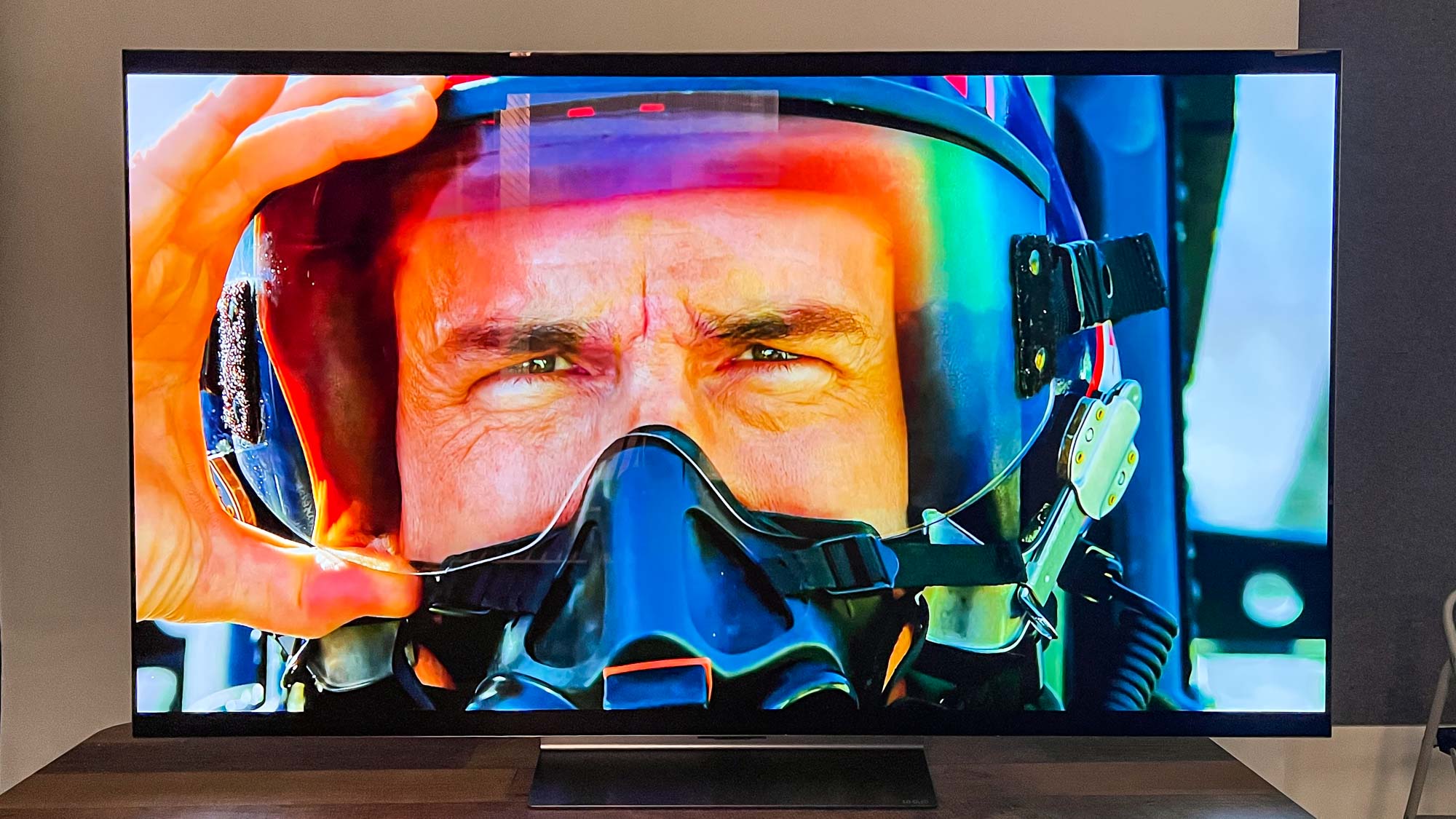
Fortunately, it’s also been my experience that these visual artifacts can be treated by an OLED’s built-in pixel refresh feature. Known as Pixel Cleaning on LG OLEDs (or Pixel Refresh on Samsung OLEDS), this process automatically adjusts the luminance of pixels depending on whether or not an unevenness is detected.
I would not manually run these pixel-cleaning features with any regularity, however. They can be aggressive in their effect on your OLED TV over time, and there’s a good chance your TV is already running a lighter, preventative version of the feature automatically when your TV is off.
One OLED-related issue that was seemingly more prevalent just a few years ago was pink tinting, particularly along the sides of an OLED TV’s picture. Like garden-variety DSE, this faint, sometimes-magenta-colored tint was most noticeable when neutral tones were displayed. This is a panel issue I was never successful at fixing with a pixel-cleaning session.
Fortunately, in my experience, it seems as though newer OLED TVs (like the LG G4) aren’t saddled with this issue as often as the OLEDs of years past.
If you’re worried about the Dirty Screen Effect taking the fun out of your next TV purchase, an OLED TV is probably your best bet.
If you’re worried about the Dirty Screen Effect taking the fun out of your next TV purchase, an OLED TV is probably your best bet, given their reputation for top-notch uniformity.
If you’d prefer an LED TV but still want to minimize the randomness that comes with an LED panel lottery, I recommend starting with a mid-range model like the aforementioned TCL QM7K. I hate to put it into terms like this, but the higher-end the TV, the less likely it’ll be that corners were cut during the manufacturing process.
More from Tom’s Guide
Source link




